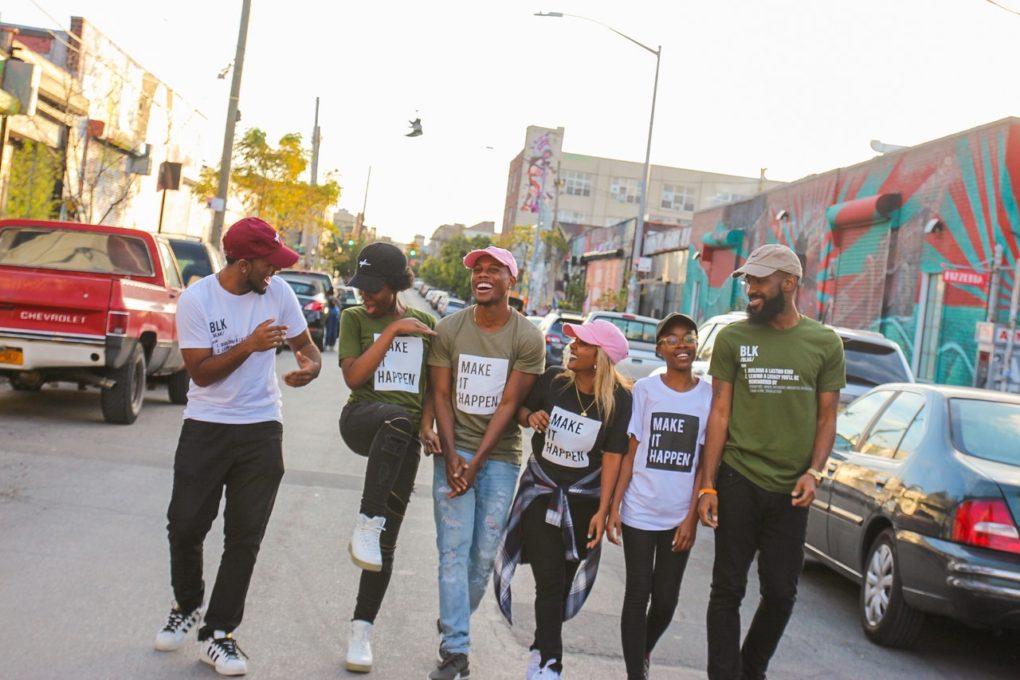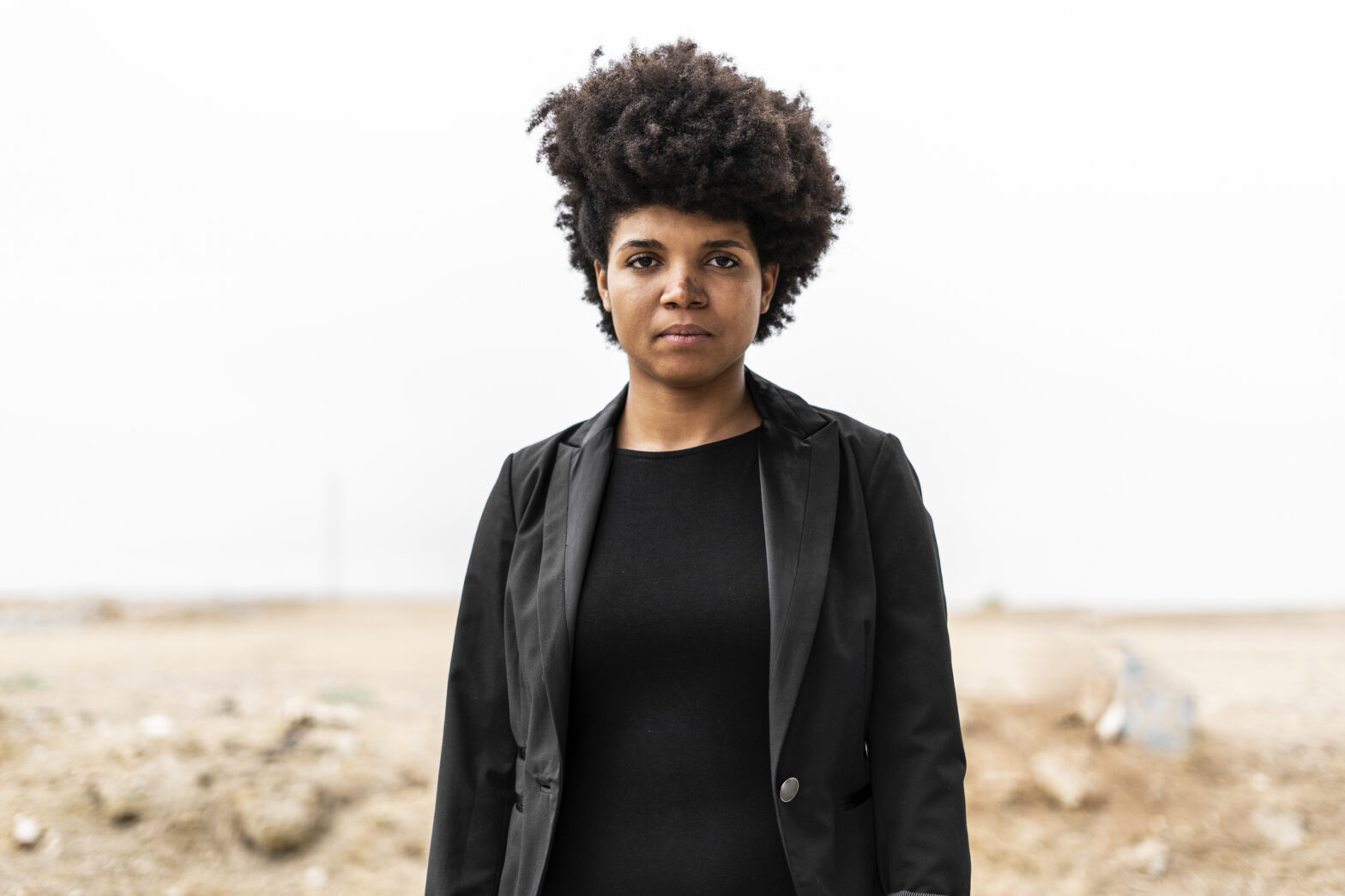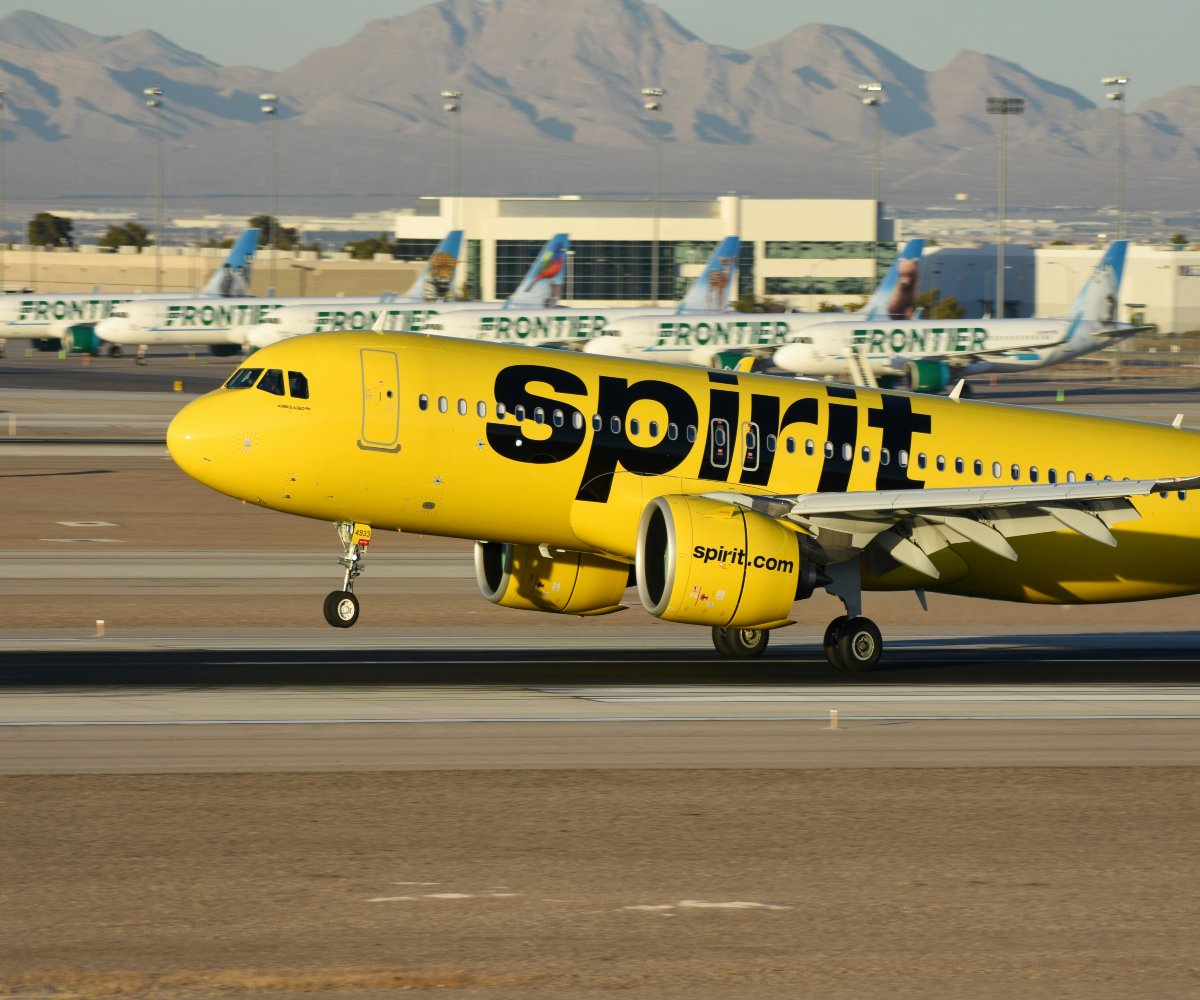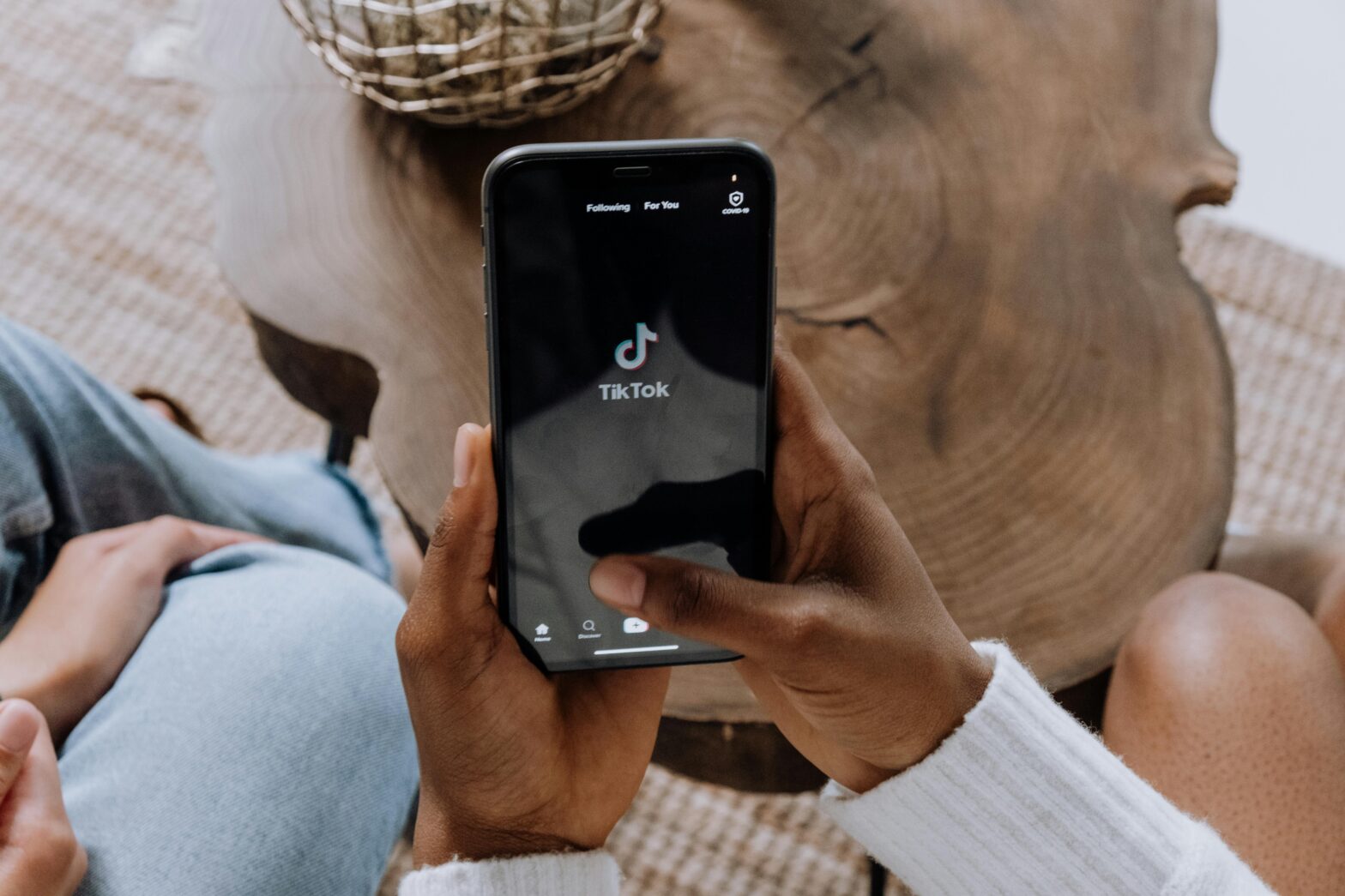Knowing that a destination has connections to Black history makes it even more desirable, which explains why nations in the Caribbean, Central America, South America and Africa are frequently at the top of our travel lists.
There are many monuments connected to Black history in the United States and abroad, and honestly far too many to include in one list. While many reference traumatic chapters such as slavery and Jim Crow, others honor the resilience and beauty of Black people. They remind us that the impact of the African diaspora is as deep as it is far-reaching.
Have you seen any of the monuments in the list of destinations below?
1. Colombia
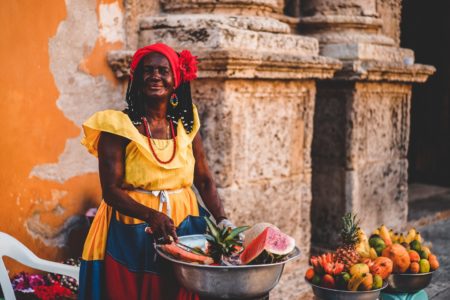
According to The World, approximately “250,000 African slaves” were shipped to Colombia, and most of them arrived at the port of Cartagena.
Slavery was abolished in 1851, three decades after Colombia broke free of Spanish rule.
Today, interest in Colombia’s Black roots continues to grow. Not only are more Black people visiting Colombia, some have become expatriates there.
Alex Rocha, who gives tours specifically highlighting Black history, said, “through activism and art, Cartagena’s Afro-Colombian population has become increasingly visible, which is reflected in murals, statues and public spaces named after Black Colombians.”
In the Cartagena district of Getsemaní, many of the murals prominently feature Black figures.
According to Essence, “the village of Palenque was founded by escaped slaves in 1603, and locals have preserved their African culture through agriculture, art, music, education, and tourism.
2. Alabama

Some major figures from the Civil Rights Movement are honored in Alabama.
There’s a bronze statue of Rosa Parks waiting for a bus to arrive in downtown Montgomery.
The Civil Rights Memorial is on 400 Washington Avenue. It features a black granite table bearing the names of those who gave their lives for the struggle. This isn’t a hands-off memorial; visitors are encouraged to touch the names.
Just behind it is a quote from Dr. Martin Luther King Jr. “Until justice rolls down like waters, and righteousness like a mighty stream.”
King himself preached at Dexter Avenue Baptist Church, which enjoys the distinction of being a National Historic Landmark.
3. Ghana
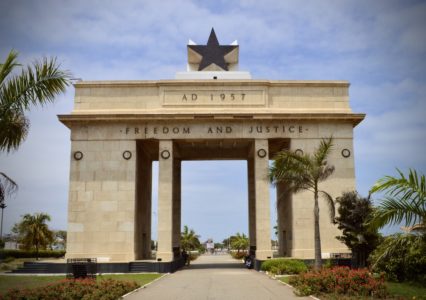
Presiding over the Gulf of Guinea is Cape Coast Castle in Ghana, which served as a dungeon for captured slaves in the colonial era. The tours of the castle grounds and its dungeons are unsettling for any visitor.
When the dungeons were in use, there was barely any natural light that could enter and according to Smithsonian Magazine, “cells served as bedrooms, dining rooms and bathrooms for hundreds at any given time.”
Embedded in the walls of the dungeons are the “fingernail remnants, blood and skin,” of slaves who tried in vain to escape.
In Accra, Black Star Square was commissioned by Kwame Nkrumah, who led Ghana in the fight for independence against Britain. He later became the country’s first president and prime minister.
The square hosts many events, but none as large as those held on Independence Day on March 6th.
4. Jamaica
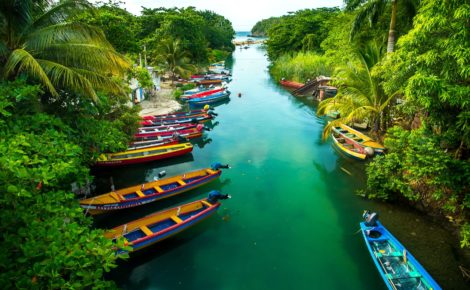
This island adopted the motto “Out of Many, One People,” in reference to its diversity, but most citizens are of African descent.
The Gleaner reported that the large statues of the man and the woman in Kingston’s Emancipation Park were recently painted solid black to give them a majestic look. They grace the entrance to the park with their heads symbolically tilted towards the sky.
The rest of the park is beautiful, with well-manicured grounds and lush, tropical flora.
National Heroes Park, also in Kingston, is the largest botanical garden in the city. Some of the island’s most prominent leaders, such as Marcus Garvey, are buried there.
5. New York City
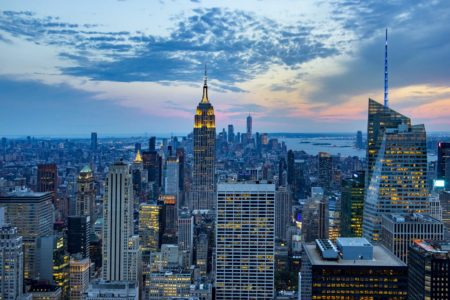
According to NYC Go, “in the 17th and 18th centuries, hundreds of Africans were buried” in what is now Tribeca. A monument is built on the spot in their memory.
In Brooklyn, there are odes to one of its most famous residents-Notorious B.I.G. There are murals of him all over the borough, and there’s a street called Christopher “Notorious B.I.G” Wallace Way.
The Apollo in Harlem played a role in launching the music careers of Black singers across generations, from Ella Fitzgerald to Lauryn Hill.
In 2006, people flocked to the Apollo to pay their respects to James Brown, who lay in state on the stage. In 2009, Michael Jackson fans congregated there to mourn his sudden death and listen to his music.
6. Haiti
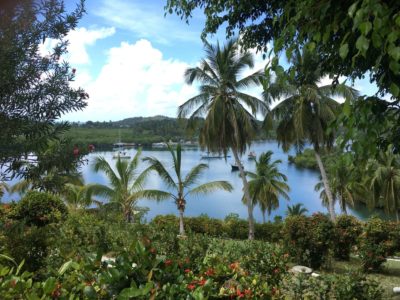
Haiti’s place in Black history is forever cemented by the fact that it was the first Black republic.
In Port-Au-Prince, there’s the Le Negre Maroon statue, which honors the bravery of those who overthrew French rule at great cost to themselves. It’s considered one of the most poignant memorials in the Caribbean.
According to Uncommon Caribbean, the statue’s “left leg has a broken shackle, denoting hard fought freedom, a machete in the right hand and a conch shell raised to alert the masses.”
7. Martinique

This Caribbean island is home to the moving Anse Cafard Slave Memorial.
This group sculpture in Le Diamant was carved from stone and completed in 1998. As noted by Black and Abroad, it invites the public’s interaction; having “no gates, chains or fences.”
The lack of variety in the expressions of the statues is deliberate. Though abstract, they all appear forlorn as they face the sea with their shoulders hunched.
The fifteen statues, arranged in a triangle, symbolize the slaves who died after a cargo ship crashed against the rocks close to shore in 1830.
8. Georgia

In Atlanta, see the Behold statue, part of the Martin Luther King Jr. National Historical Site.
According to the National Park Service, it was unveiled by Coretta Scott King in 1990 as a nod to “dignity, social justice, and human rights.”
The statue depicts a man raising a baby to the heavens in accordance with African tradition.
Inscribed at the base is, “dedicated to the memory of Dr. Martin Luther King Jr. for his moral courage and nobility of spirit.”
There are several HBCUs here, including Spelman, Morehouse and Clark Atlanta.
In Savannah, there’s the African-American Monument, which was erected in 2002. It includes four figures in bronze with broken chains at the base.
Also, be sure to check out the Haitian Monument in Franklin Square and the First African Baptist Church.
9. Louisiana

Congo Square, Mahalia Jackson Theater and Louis Armstrong Park are all in New Orleans.
According to the New Orleans tourism website, visitors can learn about the city’s role in the Trans-Atlantic slave trade.
There are more than 140 murals here. Some depict recognizable Black figures, like the colorful painting of Louis Armstrong on 300 S. Rampart Street.
HBCUs include Xavier University and Dillard University, among others.
Approximately an hour from the city is Whitney Plantation, which educates the public on the lives of slaves.
10. Barbados
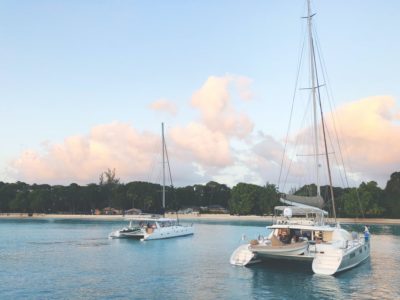
The Emancipation Statue, known to locals as “Bussa,” is in Bridgetown.
According to Go Barbados, “this was the name of a slave who helped inspire a revolt against slavery in Barbados in 1816.”
Bussa is shown with his arms raised and chains broken.
Emancipation Day is celebrated in Barbados on August 1st.
